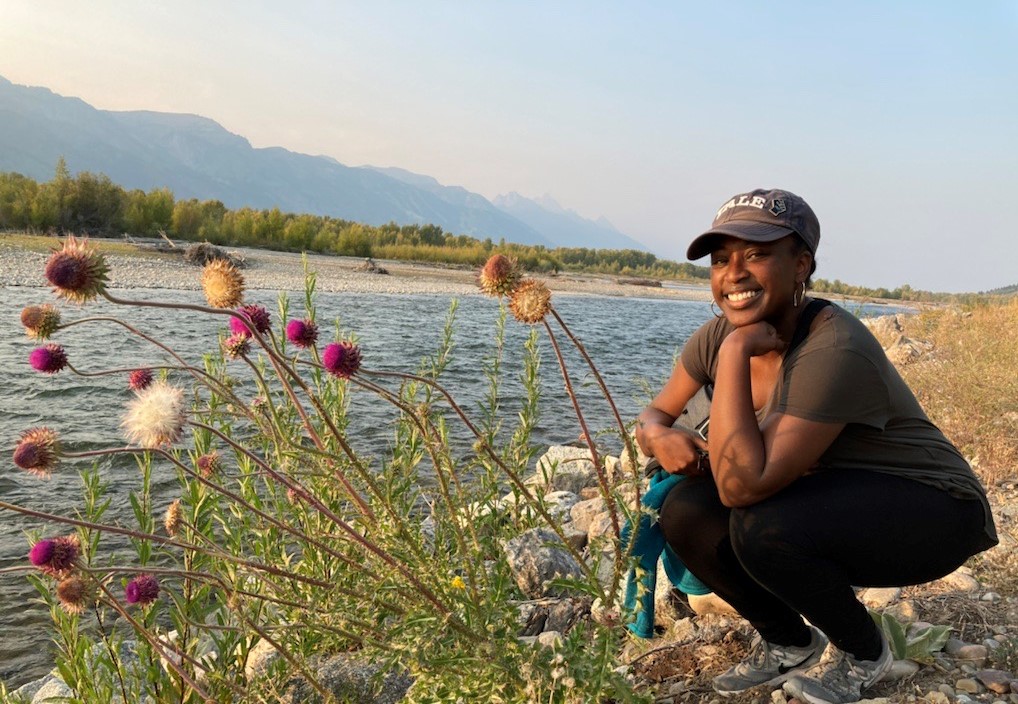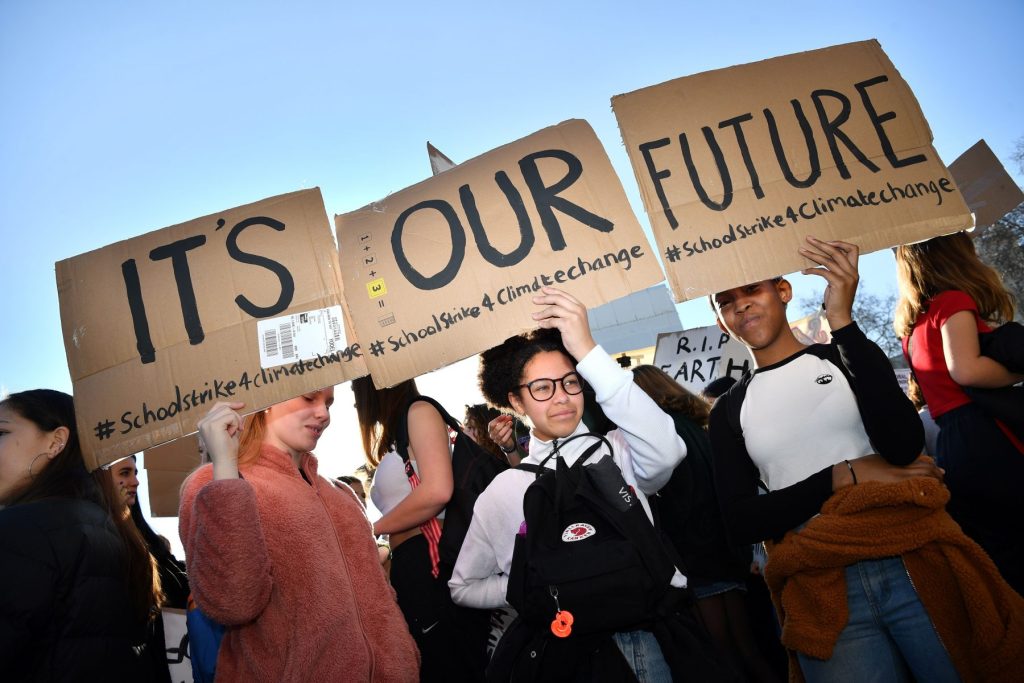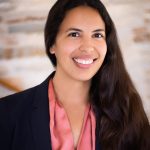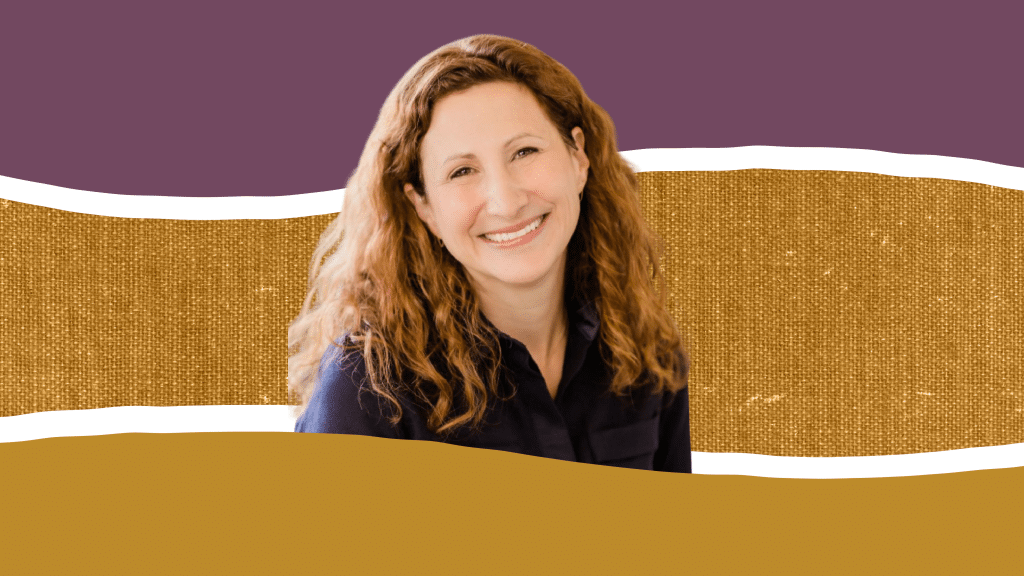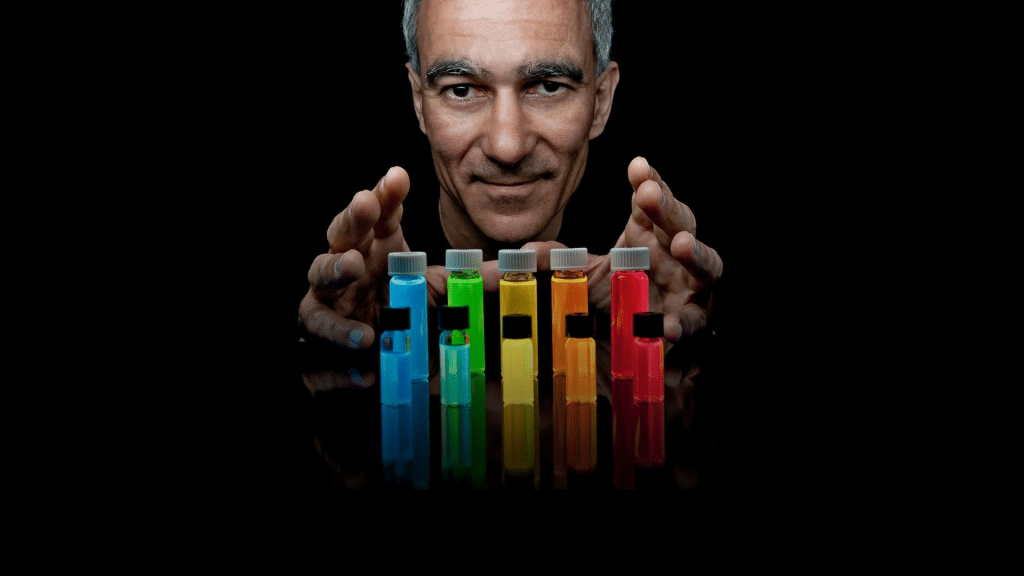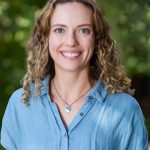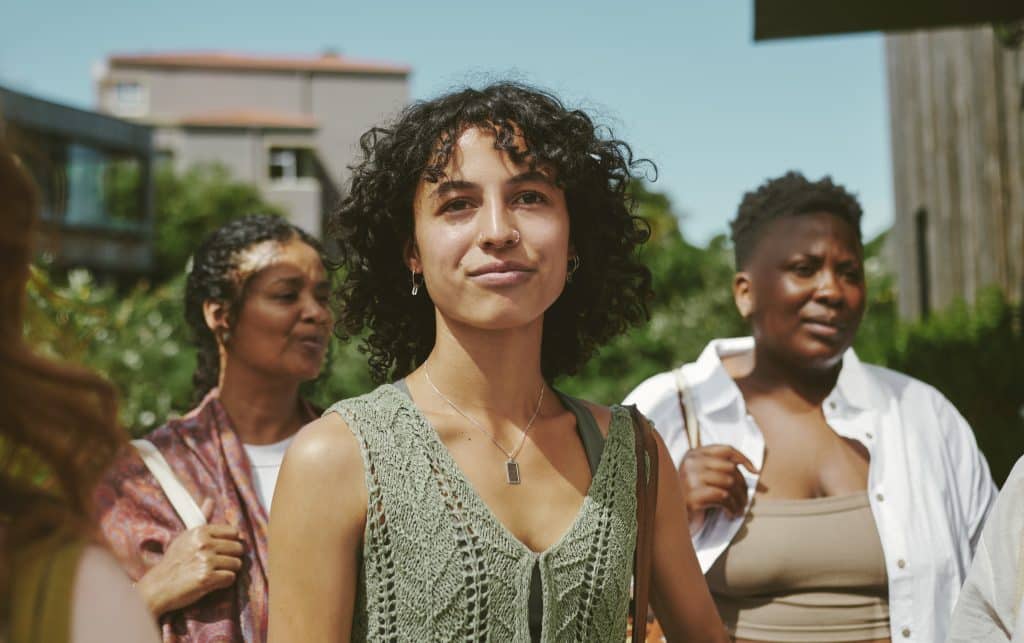One of the most exciting pieces of my work at the Packard Foundation is connecting with incredible community leaders and grassroots organizations that remind me of why I fell in love with nature. Their commitment to creating a world in which all people have access to fresh air, clean water, and safe and healthy outdoor spaces is what drives progress in the environmental movement.
The power of people and communities first became clear to me as a fresh college graduate working in Washington, D.C. At one point, the Anacostia River was one of the most polluted rivers in the country. It consistently failed every measure of water quality and was not safe for drinking, fishing, or even recreating. My first full-time job was as an environmental educator in D.C., teaching middle school students about watersheds and local rivers. During this time, I met a number of people who dedicated their lives to improving the river. For years, they organized their communities and led clean-ups, fought polluting industries, and ensured that the river was accessible to all D.C. residents. These folks, like most environmentalists, were wildly, ridiculously, unreasonably optimistic. And they were right to be. The Anacostia has improved dramatically over the last 20 years because of their hard work and commitment to the river and the people who call the watershed home. They taught me what it means to care deeply for people and planet, and for that I am grateful.
It was far from inevitable that I would end up in the environmental field. As a kid growing up in Oakland, I found myself in the outdoors from time to time. Running around a yard at backyard BBQs, playing on swing sets in neighborhood parks, wandering trails in the hills on school-sponsored field trips, I enjoyed being outside, but I didn’t think of these places as “the environment.” “The environment” was something far away that constantly needed to be saved. “The environment” was the rainforest, the coral reefs, the polar bears. Based on the frantic way that adults talked about environmental crises, I figured it was important, but it had nothing to do with my life.
In college, my understanding of the environment began to expand. As a first-year student, I found myself in both an introduction to environmental science class and an ethnic studies class. That semester, I learned about the role of redlining in the citing of polluting facilities and other environmental justice topics. I began to understand the environment as not just something far away, but everything around us—where we live, work, and play. I recognized the ways that environmental conditions exacerbate social inequalities and vulnerabilities, as evidenced in the disparate impacts of natural disasters along race and class lines. I now understood that the environment had everything to do with my life, but I wasn’t sure that I was in love.
I can almost remember the exact moment it happened. It was the Anacostia Environmental Youth Summit, a huge celebration at the end of the school year where D.C. students gather in Anacostia Park near the banks of the river to present on the environmental solution projects they worked on all year. Community members and organizations come together to make it a fun day for the kids, teaching them to fish, taking them on boat rides, and showing them the native flora and fauna. It was on this day, listening to these river lovers impart their wisdom on the youth and seeing students proudly and emphatically discuss all the ways that they had been working to improve the river and their communities, that I fell in love with nature.
Standing at the edge of a once neglected river, in a once neglected neighborhood among colleagues, students, and friends who cared deeply about the river, the community, and each other, gave me a glimpse of what it could look like for humans to live in relationship with nature.
On that day, I became one of those unrelenting optimists who wholeheartedly believes that a world in which all people are able to share equitably in the beauty and benefits that this amazing planet has to offer is right on the horizon.
My story of first falling in love with nature may have started in the past, but the idea of inspiring others to fall in love with the world around us—and to see it as something that will look after us, if we look after it—is something that guides me and my work every day.

